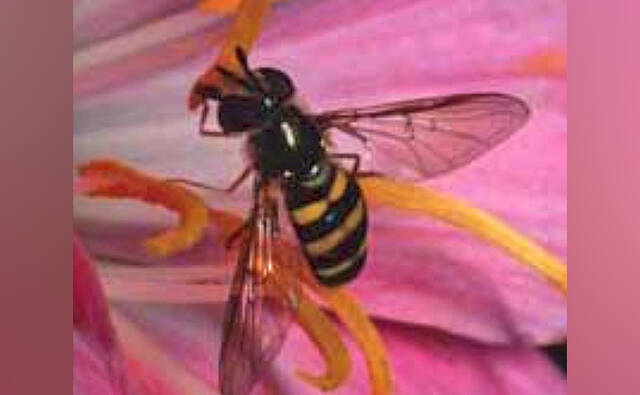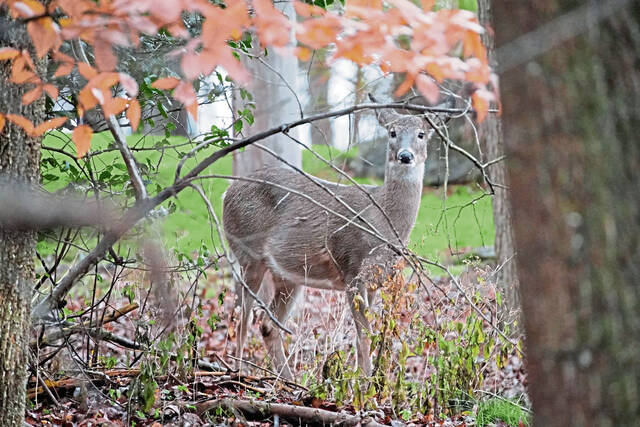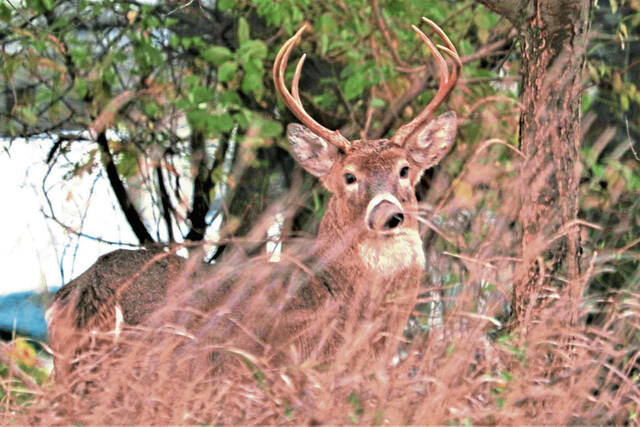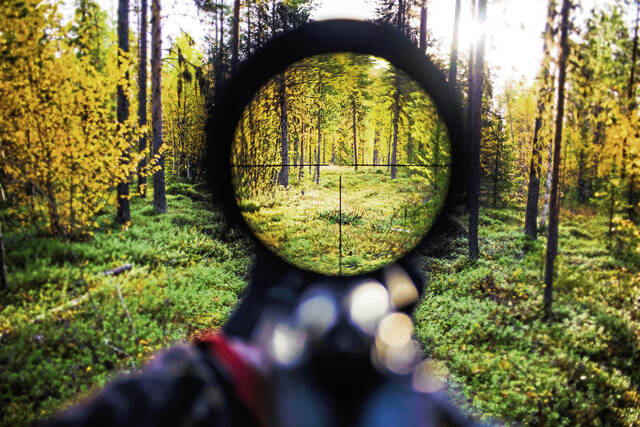Tip of the week
There are situations when it pays to think big. Cottontail rabbit hunting is not necessarily one of them. Rabbits, a prey species for so many hungry predators, must learn quickly to hide in and near thick cover if they hope to survive. And often, that cover exists in small patches. The best rabbit hunting in an agricultural area, for example, won’t be the center of a big open field, but the small, neglected nooks and crannies along the edges. Spend your time wandering brushy ditches, overgrown fence rows, railroad rights of way, even corners of larger fields that are home to taller, thicker, nastier grass and weeds.
•••
Gear of the week
Gear name: Deer Flute
Company: Triple Toe Calls (everybodyshops.com/deer-flute-triple-toe-calls-deer-call.html)
Gear type: Deer call
Product description: Whitetails are way, way more vocal than the average person probably realizes. They communicate for a variety of reasons using a variety of sounds. Hunters who understand that have an advantage in the woods. Provided, that is, they have a call that mimics deer “talk.” The Deer Flute delivers. Adjustable so you get the sound you want, it offers hunters the opportunity to actually call deer within range or, at the least, get the attention of those nearby so they quit moving and perhaps offer a shot. Each call is really four calls in one. It can be used to make two grunts, a fawn bawl and a doe bleat.
Available options: The Deer Flute is made of black walnut for a rich feel and realistic tone.
Suggested retail price: $19.99.
Notable: The time to try calling deer is here. It’s a technique that can work any time but often is most effective around the time of the rut. That peaks in many states around the first week of November.
•••
Outdoors oddity of the week
There’s a dad joke in here somewhere.
Cold weather has arrived across much of the country, with colder to come. As a result, many species of turtles are hunkering down for the winter. They either already have or soon will swim to the bottom of lakes and ponds to wait out the winter.
That’s a survival adaptation, much like other animals migrate or hibernate.
This one has an unusual twist, though. For this to work, turtles must breathe under water.
They do it through their butts.
Rather than use their lungs, snapping turtles and other species absorb oxygen from the water via blood vessels close to the skin’s surface. And there’s nowhere on their bodies with more of those vessels than their rear ends.
Cloacal respiration, that’s what scientists call butt breathing.
But who knows what dad might say.








